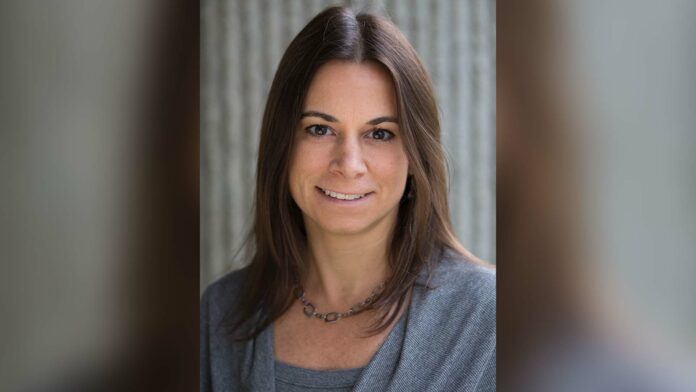In collaboration with UC San Francisco and Kaiser Permanente, the large-scale study looked at medical records of over 3 million children for associations between Down syndrome and leukemia
According to the Centers for Disease Control and Prevention, about 6,000 babies are born with Down syndrome in the U.S. every year, making it the most common chromosomal disorder. In other words, about one in every 700 babies born are diagnosed with the disorder.
Being born with an extra chromosome increases many health risk factors, and a recent study conducted by UC Davis Health in collaboration with UC San Francisco and Kaiser Permanente explored the impacts that this may have on developing leukemia. The researchers discovered a strong association between Down syndrome in children and increased risk of acute myeloid leukemia (AML), a type of blood cancer.
“Children with Down syndrome have a substantially increased risk of multiple health conditions compared to the general population,” according to a recent press release by UC Davis Health. “They have a particularly elevated risk (estimated 150-fold) of developing AML before age five.”
Dr. Diana Miglioretti, a professor and Division Chief of Biostatistics in the UC Davis Department of Public Health Sciences, described plausible explanations for why there seems to be an observed elevated risk of AML.
“Children with Down syndrome may have increased leukemia risk due to genetic mutations and complications with DNA repair,” Miglioretti said via email. “They may also be more sensitive to ionizing radiation and more likely to receive medical imaging due to comorbid conditions.”
Dr. Jonathan Ducore, a specialist in pediatric hematology and oncology at the UC Davis Comprehensive Cancer Center, described the significance of the finding.
“It gives us a better idea of the magnitude of the effect,” Ducore said. “In other words, I think we’ve known for a long time that children with Down syndrome have a higher incidence of leukemia. This gives us a much better number, if you will, on what the risk actually is.”
Miglioretti is also the principal investigator of a larger overarching study called the Radiation-Induced Cancers (RIC) Study, which focuses on quantifying the association between cumulative radiation exposure and cancer. With a more concrete quantification of the magnitude of the risks in children with Down syndrome, as Ducore stated, changes may be made to how health care providers will treat these children in terms of minimizing scans.
“Given the potential for ionizing radiation to increase leukemia risk in children, other non-ionizing radiation imaging modalities, such as ultrasound and MRI, should be used when possible,” Miglioretti said via email. “If a higher dose modality, such as computed tomography, is warranted, the dose should be kept as low as possible for clinical diagnosis.”
Along with potential changes to imaging methods, Miglioretti emphasized the optimism in being able to treat leukemia in pediatric patients early on.
“The good news is that childhood leukemia can be very treatable if caught early,” Miglioretti said via email. “Parents of children with Down syndrome should look-out for signs of leukemia, including fatigue, pale skin, fever, easy bleeding or bruising, and shortness of breath, and talk with their healthcare provider if they notice any of these symptoms.”
In the same vein, Ducore offered his fair share of optimism with leukemia being curable, having been in the field for over 30 years.
“Nowadays, the numbers are that most kids with leukemia probably, if not, 90% depending on the type [of leukemia], go through therapy and, at the end of therapy, everything stops usually in two to three years. And most of those kids stay disease-free,” Ducore said. “So if you look at the numbers, the rate of relapse or the rate of return of the disease after five years of the original diagnosis is exceedingly low. And I think most of us would say that that becomes a cure.”
Written by: Brandon Nguyen — science@theaggie.org




